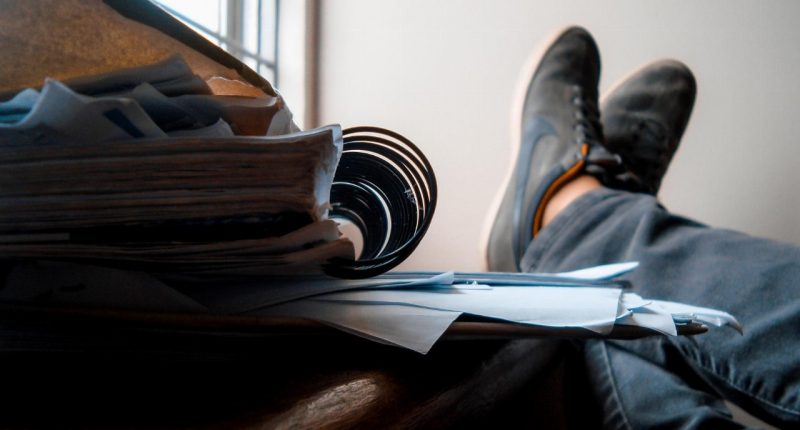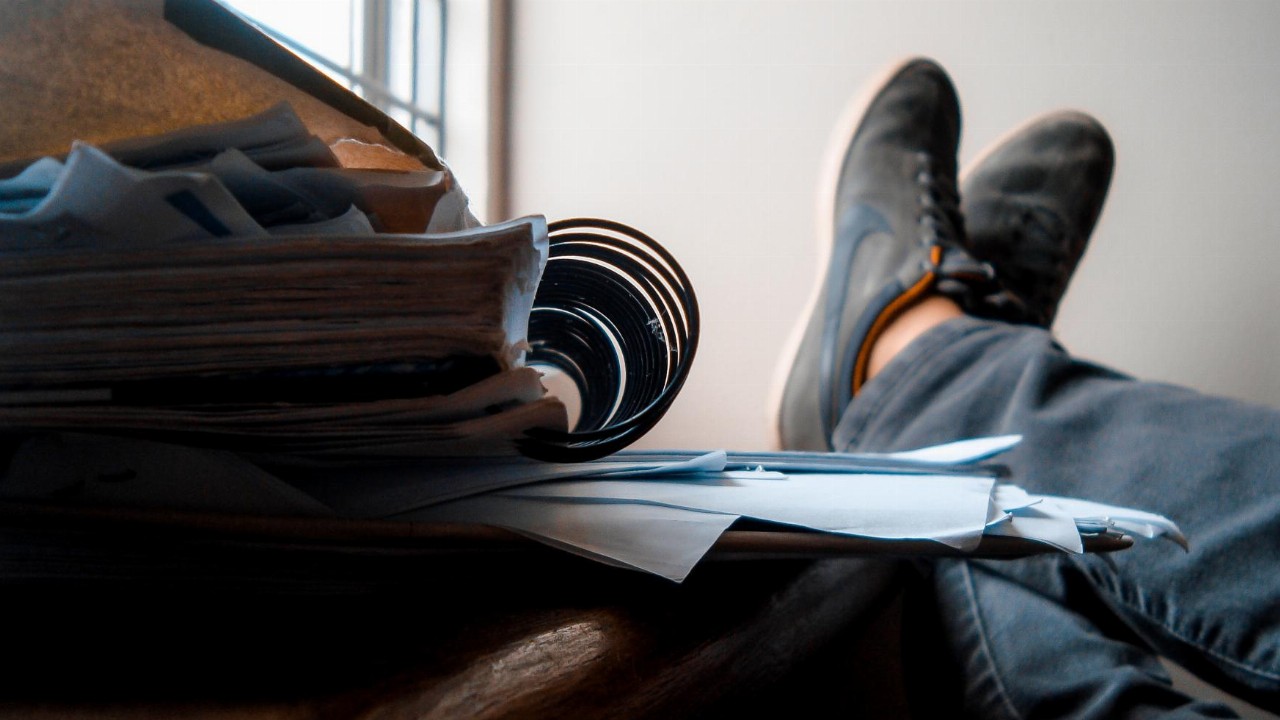While the lockdowns, masks and toilet paper-scavenging days of COVID-19 may seem like a banana bread-sized blip in the distant past, the effects of the pandemic have lingered on.
The coronavirus left a lasting impact on all Australians, but it was the millennial generation that was one of the hardest-hit financially.
THE SITCH.
From March 2020, a majority of Generation Y faced crunch time, having to dip into their savings to make up for decreased income due to job losses, reduced working hours and rental stress.
In a bid to ease financial pain in 2020, the government allowed Australians early access to their superannuation.
Superannuation — or “super” in Aussie terms — is money put aside by your employer over your working life for you to live on when you make the decision to retire, generally around the 65 to 67 age mark.
When the Liberal Government gave the green light, Australians could access up to $20,000 of their super via two instalments to cover living costs if affected by COVID-19.
This resulted in roughly $36 billion being yanked from Australian super funds during the first year of the pandemic, marking the first major emptying of accounts since the scheme was put in place in 1992.
To put the price in perspective, the median superannuation balance required for a “comfortable” retirement is $640,000 for a couple and $545,000 for a single person, according to the latest Retirement Standard record from the Association of Super Funds of Australia (ASFA). That’s assuming in a perfect, pre-COVID world you withdrew your super as a lump sum and were receiving the fortnightly age pension.
Canstar research has shown the average 30-year-old millennial would need to have around $61,000 sitting in their super account today to be on track to hit this milestone.
However, thanks to COVID, the average Gen Y is currently teetering between $33,000 and $38,000 short of that balance.
THE UPDATE.
With time and funds trickling away, the Government’s offer has now run out, and Treasurer Jim Chalmers recently pledged to “end the super wars once and for all”, calling for a close to what he described as a super fund “debacle”.
Dr Chalmers described the early withdrawal of billions as a “disastrous policy” from the former coalition government.
An Albanese Government consultation paper pronounced the objective of superannuation was to “preserve savings and deliver income for a dignified retirement, alongside government support, in an equitable and sustainable way” — or in other words, keep our hands out of it until it’s time for permanent tools-down.
“We want to protect super because we know that by doing this, we’re safeguarding retirement savings and improving the living standards of Australians,” Dr Chalmers said.
“We care about it, we want to invest in it, we want to make sure that it delivers a decent retirement for people.”
With the Labor party’s focus now on blocking Australians from withdrawing money from their superannuation funds — and potentially changing the way it can be accessed in the future — many millennials have been looking for new ways to recover cash.
THE RECOVERY.
So how can we start clawing some funds back?
Firstly, consolidate your accounts. Having multiple superannuation accounts can significantly eat away the final balance of your super account through additional fees and missed openings for compound interest.
The ATO offers three ways to find out if you’re missing super which you can then consolidate into one little nest egg, over the phone, online or on paper.
“People often lose contact with their super funds when they change jobs, move house, or simply forget to update their details,” ATO deputy commissioner Emma Rosenzweig said.
ATO data has shown 23 per cent of Australians hold more than two superannuation accounts. These additional accounts can also be draining hundreds of dollars each year due to fees, Ms Rosenzweig said.
There is currently $16 billion worth of “lost and unclaimed” superannuation up for grabs, thanks to inactive accounts.
Experts have also advised Australians should start planning for their retirement as early as possible and consider adding voluntary donations on top of their boss’s contribution via an after-tax contribution.
If salary sacrificing is an option at your workplace, the ATO has given it the tick of approval. The current superannuation guarantee is 10.5 per cent, but adding a little extra can make a big difference over time.
Salary sacrificing is an arrangement with your employer to forego part of your salary or wages in return for your employer providing benefits of a similar value, or in this case, have some of your wages paid into your super fund instead of going into your pocket.
These contributions are taxed in the super fund at a maximum rate of 15 per cent — generally at a lesser rate than marginal tax.
THE CONCLUSION.
While now’s not the time to panic, it is the time to act. With a small contribution to your super fund here and there, it won’t be long till you’re planning a long and happy retirement. Work hard, save harder, and fatten up the superannuation COVID tried to swallow.






